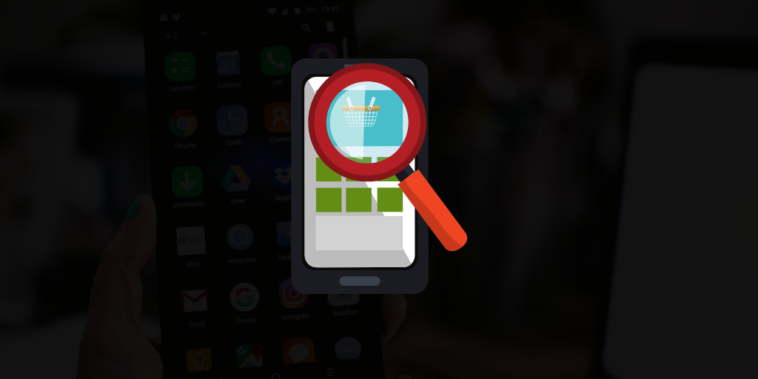Bid shading, practiced in programmatic advertising, aims to help advertisers win impressions for the lowest price. However, the majority of digital media buyers are unaware of or unfavorable toward this practice. It is believed to be causing about $6.6 billion in advertising money to be lost every year, according to Cognitiv’s report.
In order to conduct a study, Cognitiv, an AI-driven startup with a focus on more accurate consumer behavior prediction, teamed up with Alter Agents, an independent research organization. Between March 8 and April 8 of 2023, 251 digital media buyers participated in the study, which used both quantitative and qualitative methods and included in-depth interviews. Understanding the complexities of today’s bidding landscape and evaluating the efficacy of the available options for marketers were the main objectives. In 2022, advertisers allocated $109.4 billion to programmatic advertising, excluding search, as reported by the IAB.
Currently, using a first-price auction mechanism is the most popular method of programmatic advertising. However, many purchasers use a tactic known as bid shade to avoid placing excessive bids. This algorithm suggests the best bid for advertisers based on historical winning bid data for a particular ad placement. The implementation of bid shading and the switch to first-price auctions were intended to rebalance the dynamics between advertisers and publishers by increasing transparency while bidding. However, the study found that the importance placed on transparent pricing in first-price auctions has tipped the scales in favor of publishers.
According to Cognitiv’s research, 75% of digital media purchasers think publishers rather than advertising have benefited from the switch to first-price auctions. Additionally, first-price auctions have increased CPMs, as noted by 64% of respondents. Overall, the study found that more than a quarter of digital media buyers believe that their companies will suffer as a result of the switch to first-price auctions in programmatic media buying.
Publishers used bid shading as a temporary fix in response to rising CPMs and advertisers’ growing discontent with the first-price auction ecosystem’s increasing costs. In order to give advertisers the impression that they are getting better discounts on inventory while still preserving a first-price environment, bid shading serves as a middle ground between second-price and first-price auctions.
Surprisingly, the Cognitiv survey discovered that one-third of digital media purchasers are not aware that bid shading is a thing. Only 35% of respondents are very confident in their knowledge of bid shading algorithms and in their capacity to communicate it to others. Despite this, 70% are still paying a premium for this product in the hopes that it will lower their costs.
The report also shows that there is a big difference amongst digital media buyers in terms of what bid shading is used for. In first-price auctions, about 33% see it as a tool to change bids, while 32% see it as an algorithm that maximizes their win-rate and CPM. About 22% of respondents see it as a tool to reduce their bid, while 12% think it’s just a way to add a fee to their bid.
“Bid shading is a generic tool across all campaigns that does not take into account an advertiser’s category, unique campaign goals, or the specific individual being reached by the ad, but instead treats each campaign the same,” Aaron Andalman stated, Co-founder and Chief Science Officer at Cognitiv.
“Advertisers need a permanent solution, one that is designed for advertisers by media buyers, not a solution that publishers offered as a stop-gap solution to keep advertisers placated.”







Comments
Loading…